July 28th, 2015 by Rachel | Tags: International Development, Peace Corps, Photography | No Comments »
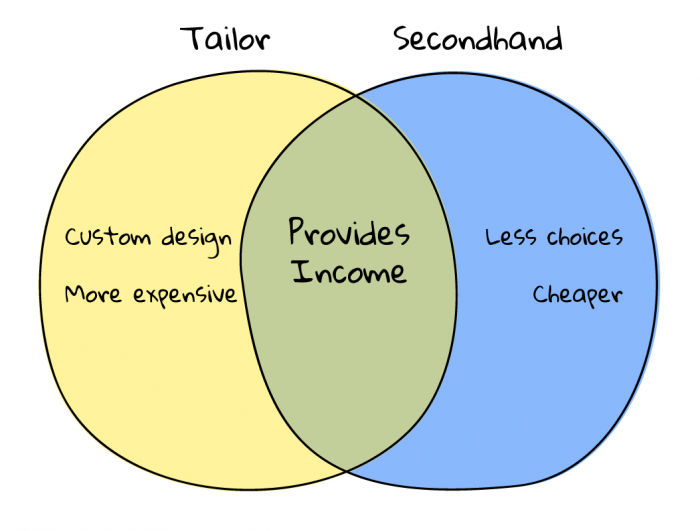
Chain clothing stores and departments are very noticeably absent in most parts of Cameroon. In Bamenda where I live, there are only three different ways to purchase clothes.
There is a number of independent shops selling ordinary western style clothing and shoes. As I walk through various independent shops selling western style clothing, I notice that there is no duplicate of a clothing or shoes This means that all clothing and shoes are secondhand. They were imported from the western world. According to a source, 70% of clothing and shoes that are donated to charities in the western world wound up in Africa. I am seeing the real result of donating clothes to charities in the United States. Many people from the western world say it’s devastating and it’s hurting the other option of purchasing clothes.
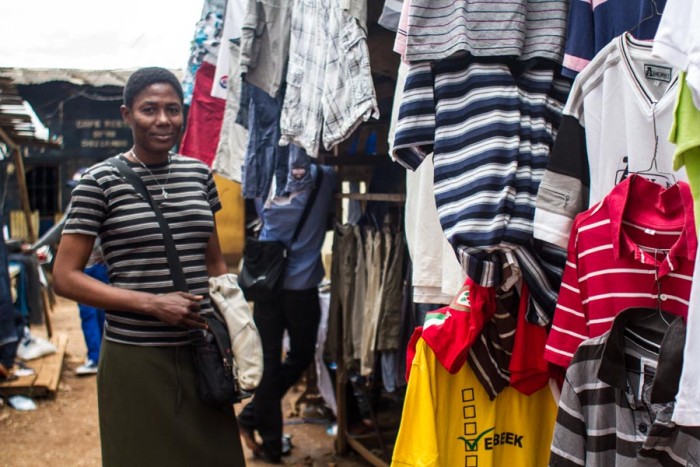

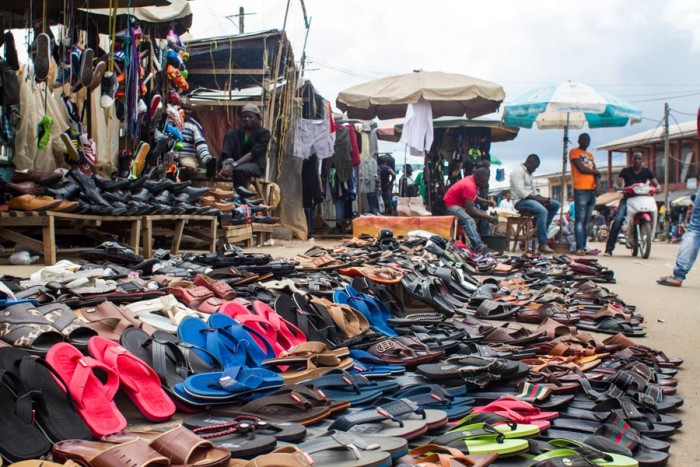

The other option of purchasing clothes is purchasing fabric, designing your own outfits and then having it made by a local tailor. This option allows people to use their creativity to create unique outfits that suits their personality. Cameroon is abundant in fabric and tailors. School uniforms and party dresses are commonly made by tailors. However, purchasing fabric and having them made by tailors can be much more expensive than buying secondhand clothes. Therefore, some international development experts claim that selling secondhand clothing has affected tailors and they are losing their jobs or earning less money.
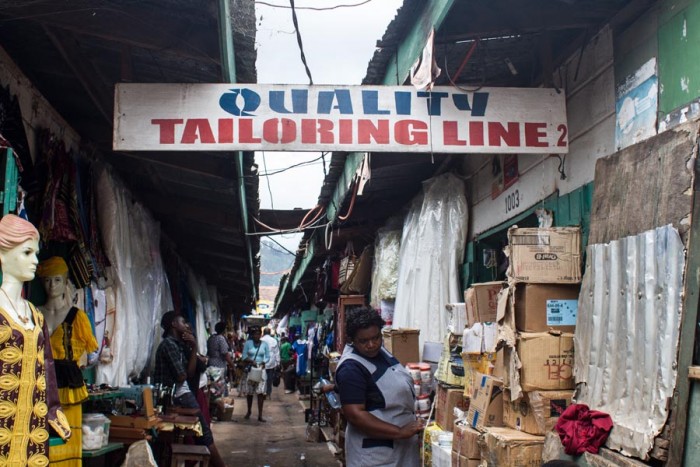
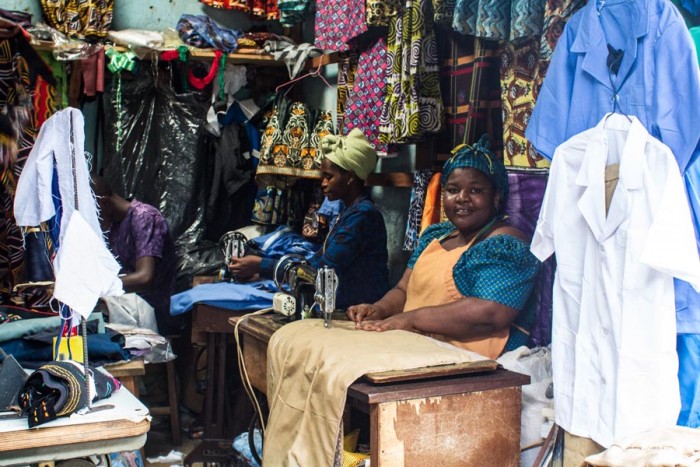
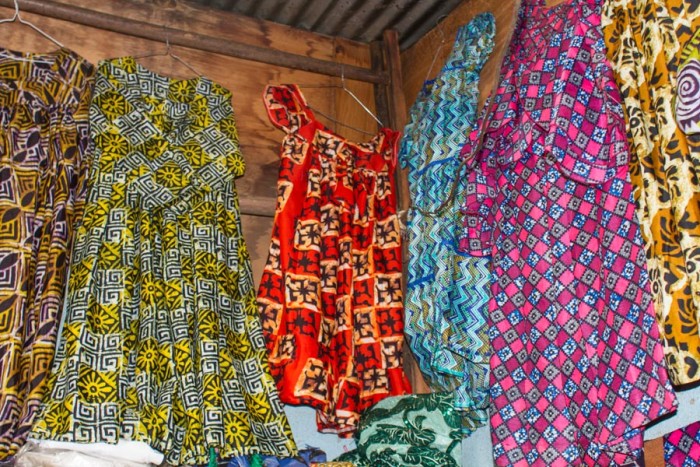
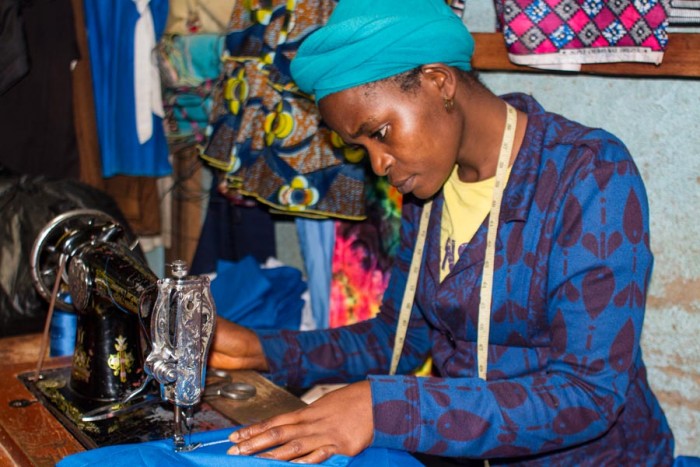
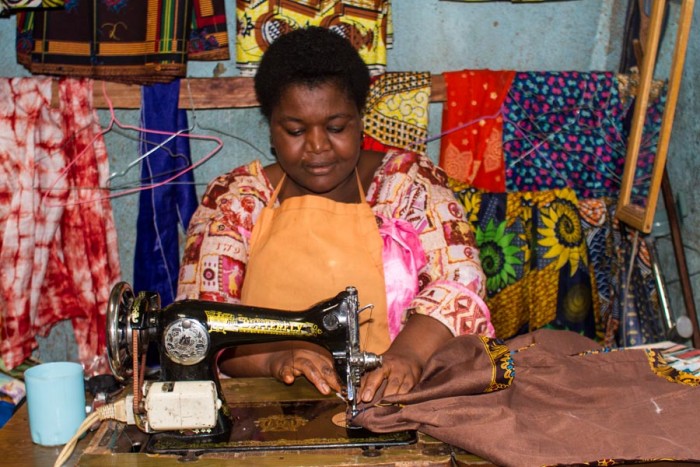
The third option is purchasing new, mass produced clothes imported from China or Nigeria at the markets.
Because of what I have read in the news about secondhand clothing being donated to Africa, I had originally thought that it had a negative impact. However, when I asked Ruth, my counterpart who is a business woman and owns a shop near where many tailors work, for her perspective, my viewpoint changed. She said that she believes that in Cameroon, tailors are not affected by secondhand clothes being sold here and many tailors are still receiving an overwhelming number of orders. She said that secondhand clothes is just another market. She believes it’s good that they exist because it allows people who are in lower social economic classes to be able to afford clothes as getting clothes from tailors are so much more expensive to the point that it can be unaffordable. Secondhand clothes are also providing job opportunities as people who acquire secondhand clothes and sell them are able to earn a revenue.
Ruth then asked me an interesting question, “Are Goodwill stores in the US impacting the economy negatively?”
“No,” I replied.
So, we both came to an agreement that tailors and secondhand clothing can co-exist as long as they both have their fair market shares.






